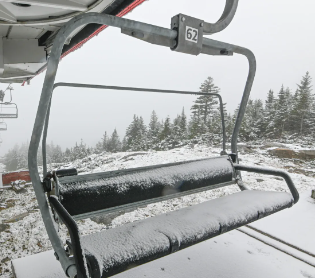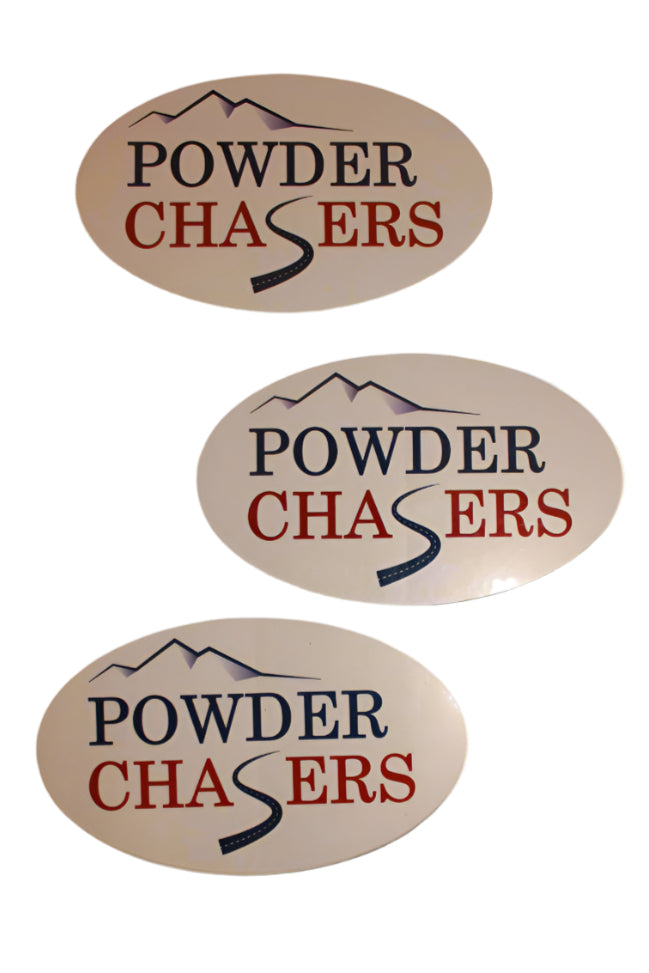Powderchaser Luke here again, finally free from final exams. What a good time to have the freedom to chase again! The short term looks fantastic, the mid term looks good, and the long term looks really good as well. Copious amounts of snow will be spread across the Western US over the next few weeks. There will be deep snow tomorrow morning in California, Utah, and Colorado, where it will also linger into Sunday. There ill be a break during the early and middle part of next week before the PNW gets back in on the action.
Short Term
California
Solid snow event on tap for the Sierra today into tomorrow. By the time this post is published, snow should be well underway. Up to 2 feet is possible by the end of the day tomorrow, with light snow continuing into Sunday with the possibility of several more inches. North Lake Tahoe will fare best with this storm, with South Lake not far behind and lesser totals (about a foot) at Mammoth and June. Squaw Valley, Sugarbowl, and Kirkwood will likely lead way with 4-8\ down low and up to 2 feet at upper elevations, with lesser amounts at the lower elevation resorts.
Utah
Utah has been getting consistent snow over the last few days, with totals over 18\" already. However, it has been warm and quite windy up to this point for the most part. There will be a little break today before the snow picks up once again tonight. Most of the Northern Wasatch should see another 6-12\" from this storm, with even higher amounts possible in the upper elevations of the cottonwoods.
Colorado
The snow has already been piling up in Colorado too, with Breckenridge, Vail, and A-Basin reporting significant totals. There is quite a bit more to come for Colorado through late Sunday. There will be a pretty even distribution of snow across the Southern, Central, and Northern mountains by the time the snow stops falling Sunday, which makes this part of the forecast easy! We will go for another 1-2 feet across all three regions by later Sunday, with the highest amounts at upper elevations as usual. Telluride, Wolf Creek, Aspen, Breckenridge, Vail, Beaver Creek, and Steamboat should all do well, just to name a few.
Mid Term
Following a break early next week, the possibility of more snow returns by the weekend. In the gif below, you can see another trough (storm) begin to move into the PNW.

(image courtesy of Weatherbell)
You can see the ridge (red colors) move out of the West, a weak trough (blue colors) move through, followed by a stronger storm starting to effect the Northwest. We expect this storm to focus initially on that region before digging South and moving inland to effect a greater part of the Western US with heavy snow.
Long Term
The pattern looks active in the long term as well, based on current model data. Both the European and GFS ensembles show the possibility of the pattern remaining active around Christmas, as seen in the upper level maps below.


(images courtesy of Weatherbell)
However, if you look over Alaska, you can see the first map has yellow/orange colors while the second has blue. This is a sign that the models, while both indicating the pattern will remain active over the West, do NOT agree on the overall upper level pattern during this time. As a result, confidence is not too high on the pattern this far out. We remain hopeful though.
Details for the Weathernerds
This is an exciting and fascinating storm currently delivering deep snow across the West. One aspect is the atmospheric river associated with this event. We have talked about these before, but we will review it quickly. Atmospheric rivers transport large quantities of water (in the form of water vapor up in the atmosphere) in a somewhat narrow path across larg distances. Once these very moist air masses are helped out with a lifting mechanism, oftentimes by bumping into a large mountain range, much of that moisture gets wrung out in the form of loads of snow. While California receives a large portion of their yearly precipitation through these events, it is less common for them to affect the NW and even less common for them to effect inland areas, as is the case with this event. We may not be reaching the minimum amounts of moisture to achieve atmospheric river status inland, but it is close, as seen below.

(image courtesy of cw3e)
Either way, there is still plenty of moisture making it far enough inland to deliver big snow totals to Utah and Colorado. This is the source for the snow during the last few days as well as for the remainder of the storm. There was some surprisingly strong upward motion in the storm that rolled through Northern Utah last night as well, with thunder, lightning, and graupel. Graupel forms when there is significant updrafts, as droplets are lifted to where the temperatures are cold enough to freeze, where the air is highly saturated, while they also have further opportunity to grow in size as they spend more time in the clouds.
That'll do it for today, see you in the white room.
Powderchaser Luke


























